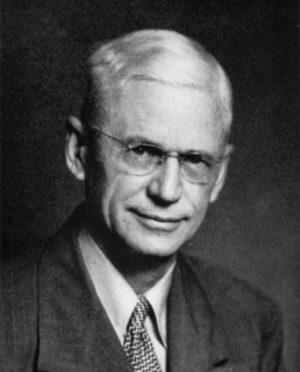
By 1920, the faculty was back to prewar strength. Veterinary research during this period focused on diseases of reproduction in cattle and other livestock diseases in Michigan. Such research was supported chiefly by the Agricultural Experiment Station.
In 1921, veterinary enrollment hit what must have been an all-time low since the first few years of the school's existence. Dr. Chamberlain's report mentions only 21 students: eight seniors, four juniors, eight sophomores, and one freshman.

As soon as he became dean in 1923, Dr. Ward Giltner began to beat the bushes for candidates for veterinary school. He wrote many prominent practitioners, asking their help in recruiting students, but the results were not encouraging.
In the early 1920s, the picture for the veterinary profession and veterinary education was not very bright. In the middle of the decade, Dean Giltner used most of his report to the president and state board to justify the existence of the division, in the face of these low enrollments.
Nevertheless, the dean continued throughout the decade to urge adequate housing for the departments, modern equipment, and additions to the faculty. In 1929, Dean Giltner revealed an architect's sketch of a new building for the Departments of Anatomy and Animal Pathology, which became what is now the northeast wing of Giltner Hall.
